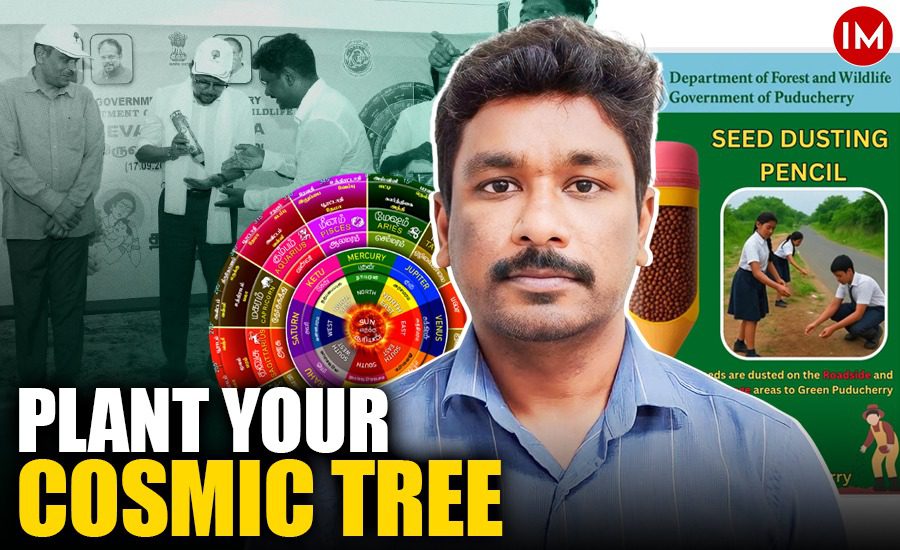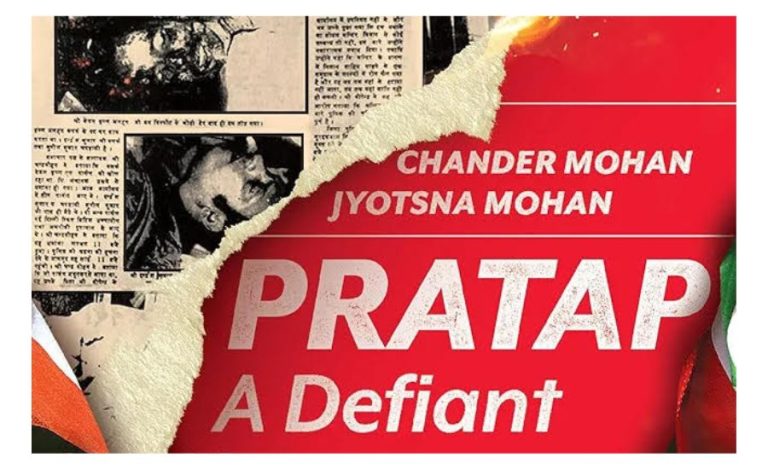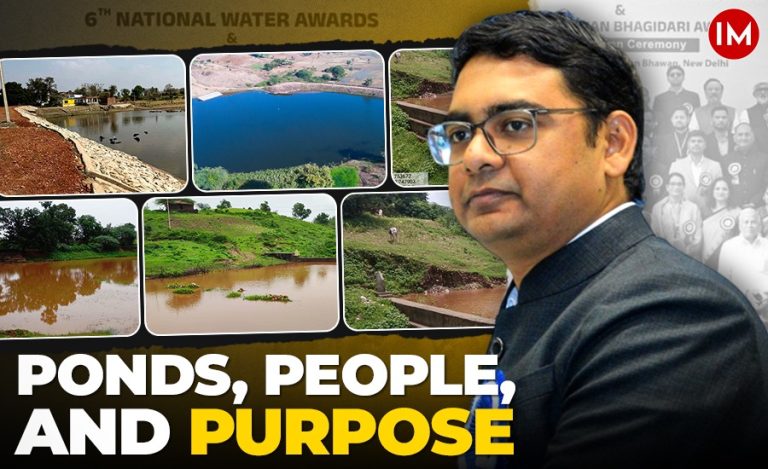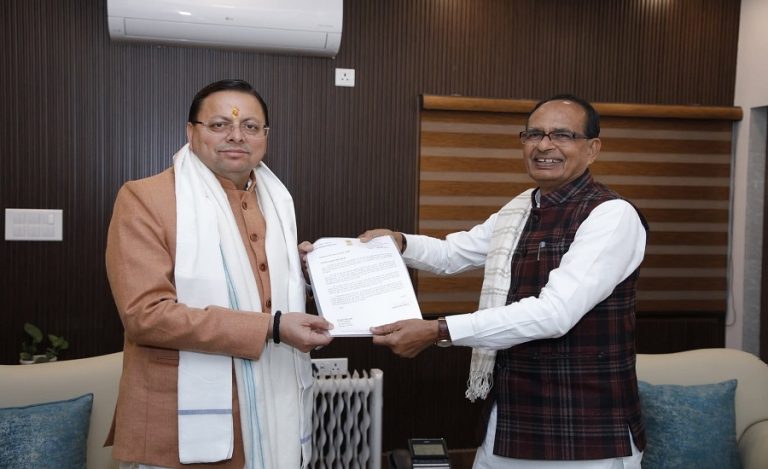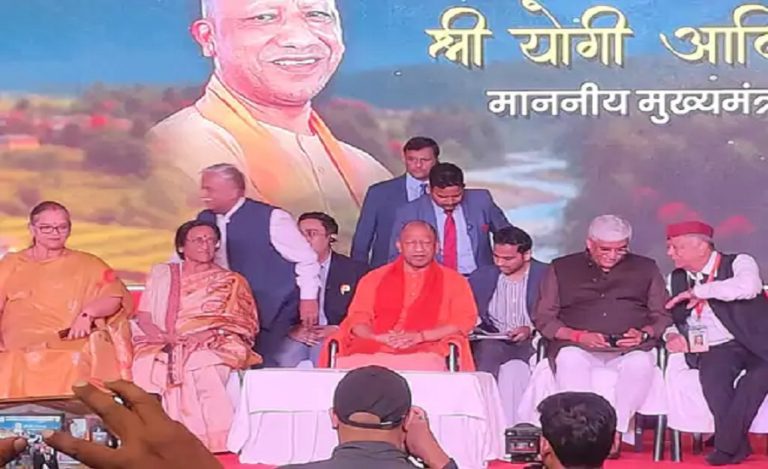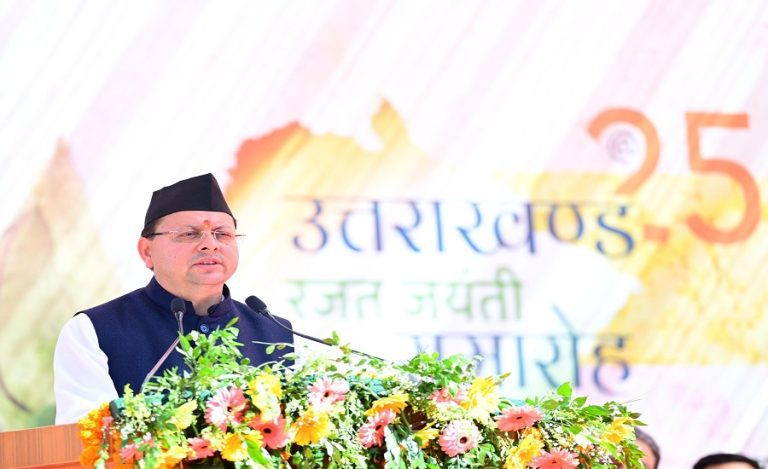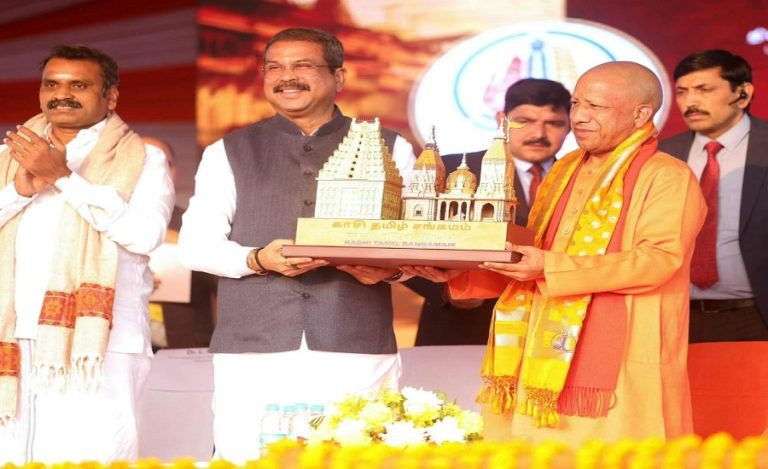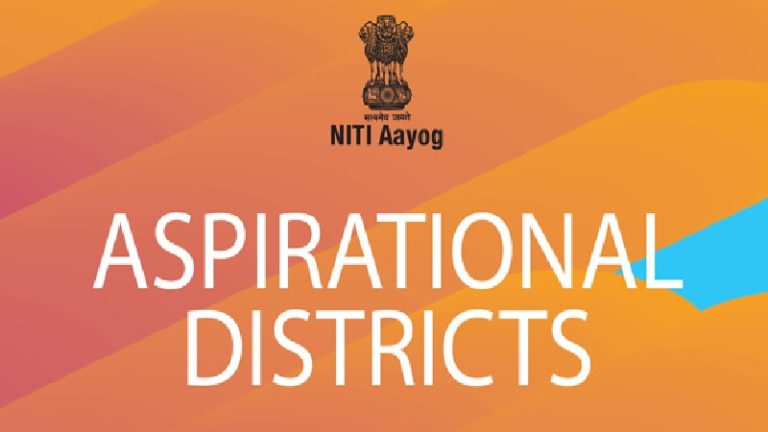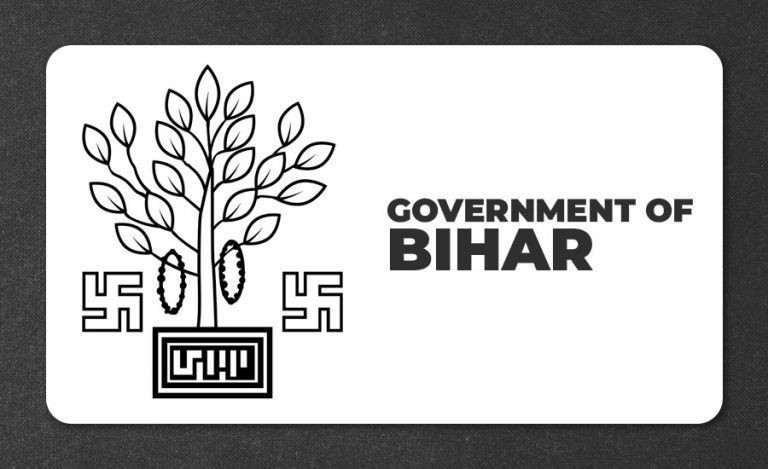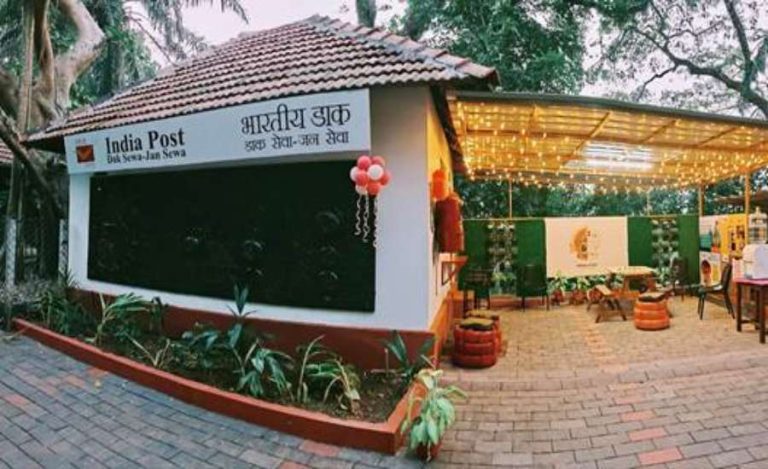Puducherry, a compact union territory known for its unique blend of urban vibrancy and coastal charm, is quietly making waves in environmental conservation. Despite limited land and a diverse range of ecological challenges, the territory is steadily expanding its green cover, blending scientific planning, innovative technology, and deep community engagement.
At the forefront of this transformation is IFS officer Dr. P. Arulrajan, Conservator of Forests and Chief Wildlife Warden from the 2009 batch, whose multidisciplinary expertise is shaping Puducherry’s ecological future.
Dr. Arulrajan brings an extraordinary combination of academic and professional credentials to his work. Holding two PhDs, a law degree specialising in cyber law and forensics, and three postgraduate diplomas across multiple disciplines, he applies a unique, multidisciplinary approach to environmental management.
By integrating scientific research, administrative acumen, and innovative strategies, he addresses ecological challenges across urban, coastal, and rural areas of the territory. His method emphasises a holistic model—combining scientific planning, administrative coordination, and public participation—to ensure sustainable development for generations to come.
Currently, Puducherry’s green cover stands at 12.57%, encompassing forests, tree cover outside forests, and other green zones such as urban parks and protected areas. Dr. Arulrajan has ambitiously set a target to double this figure to at least 24% by 2030. “Through the initiatives I am proposing and implementing, we aim to achieve a minimum of 24% green cover by 2030,” he shared with Indian Masterminds.
SPIRITUAL VAN: MERGING TRADITION WITH CONSERVATION
One of the most distinctive initiatives spearheaded by Dr. Arulrajan is the Spiritual Van programme, which encourages individuals to plant three trees corresponding to their planet, rashi (zodiac sign), and nakshatra (star). Drawing inspiration from Hindu mythology and spiritual texts, the programme aligns tree planting with cosmic energy, believing that each tree can transfer positive energy to the individual who nurtures it.
The initiative identifies 48 tree species—9 corresponding to planets, 12 to rashis, and 27 to stars—and has produced over 500,000 saplings in Puducherry over the past year. These saplings are distributed through temples, schools, colleges, and farming communities, fostering a sense of ownership and responsibility among citizens. The underlying philosophy is simple yet profound: “If the tree dies, I die,” encouraging participants to actively care for their planted trees.
Beyond spiritual engagement, the programme incorporates innovative environmental practices. Seed-dusting pencils—perforated pencils filled with seeds—allow schoolchildren to scatter seeds along roadsides and in garbage dumps. With the onset of monsoon rains, these seeds grow, decompose waste, and beautify neglected areas, turning conservation into a participatory, creative act.
COMMUNITY-LED GREEN INITIATIVES
Dr Arulrajan’s programmes emphasise collaboration. On September 17, 2025, the Lieutenant Governor of Puducherry inaugurated the Spiritual Van initiative, where participants planted three tree saplings aligned with their cosmic attributes. This was complemented by the Amma Vanam initiative, through which 108,000 trees were planted across Puducherry. This massive effort brought together Forest Department staff, Rural Department teams, MGNREGA workers, Self-Help Groups, Coastal Guards, fisherfolk, students, and local communities to restore sand dunes and enhance biodiversity.
Additionally, during the Seva Pakhwada, the Forest Department introduced a novel programme to spray seeds of annuals and grasses across dump yards and roadside areas. Students scattered these seeds using the innovative green pencils, ensuring that monsoon rains would help them grow, thereby simultaneously promoting greening and waste decomposition.
THE PATH FORWARD
Puducherry’s approach under Dr. Arulrajan is redefining environmental conservation by blending science, administration, culture, and spirituality. The initiatives not only expand tree cover but also instill a sense of ecological responsibility and cultural connection among citizens. By linking cosmic energy with ecological stewardship, these programs demonstrate that sustainable development can be both scientific and soulful.
As Puducherry moves toward its 2030 target of 24% green cover, the territory is emerging as a model of innovative, community-driven environmental governance—where each planted tree represents not just greenery, but hope, responsibility, and harmony between humans and nature.

